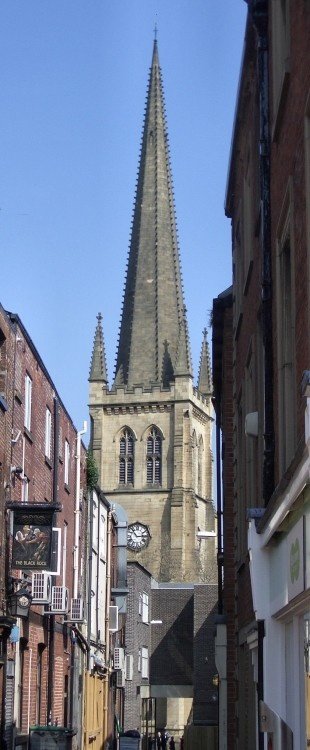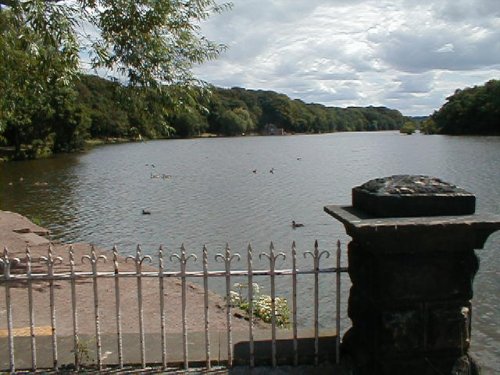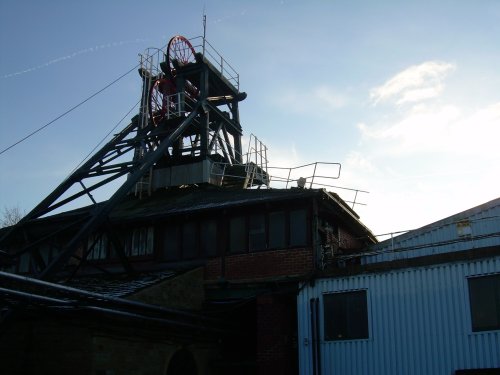Pictures of Wakefield
About Wakefield
Wakefield was the capital of Yorkshire's woollen industry for more than 700 years, it was an important weaving and dying centre as far back as the 13th century, and it is this that brought it prosperity, for unlike many other Yorkshire towns, Wakefield did not become highly industrialised. Even in the middle of the 19th century, despite its mining, the town was best known as a centre for grain, and its Corn Exchange, built in 1838 had the reputation of being the finest building in the town, but even this did not save it from 1960's demolition.
The history of Wakefield is rich and varied, and well worth taking time to explore in the city museum where you can learn all about the development of the Wakefield since Roman times, its heritage and social history. Displays depict the life of the city throughout the Yorkshire's various stages of occupations, bringing you right up to present day times. The museum gives you a real "feel" for the warmth and flavour of what is one of Yorkshire's oldest cities.
Wakefield's skyline is dominated by the graceful spire of its 14th century cathedral, at 247 feet this is the tallest in Yorkshire. The cathedral-church of All Saints stands majestically on a green rise in a prominent city centre position where the old streets of Kirkgate, Westgate, Warrengate and Northgate meet. The church, completed in 1329 has a fascinating history, it is believed to have been erected on a spot where a Roman church once stood, was pulled down and rebuilt in the 15th century, shows alterations from the 19th century (its spire is an addition of 1861) and later alterations carried out during the recent past 20th century.
All Saint's is mainly Perpendicular, treasures include a rood screen of 1635, a font of 1660, choir stalls with fine misericords, and an 18th century pulpit and organ case. The church shows many fine monuments, one of the most notable dates from 1714, this is highly carved with figures. There is also a 14th century Chantry Chapel, one of only four in the country. This can be found topping a buttress on a bridge over the River Calder.
Historically, the old town settled on a hill above the lovely Calder Valley, with the river flowing beneath. It is perhaps this hill-side location which gives Wakefield its spectacular sky-line, Wakefield builders have always been fond of towers and turrets!
Today, the face of the city is greatly changed, the mills and clog image has long disappeared, the miners strike of the 1980's finally put an end to the prosperous coal-mining era. The old Victorian slum cottages have been pulled down and replaced with smart new housing estates with shops and good facilities.
The city centre offers traffic free zones for shopping, the wide High Street is made decorative with tubs of flowers and clipped trees; there is a lively indoor market and plenty of individual shops as well as all the usual "High Street" retail stores.
Pugneys Park offers a beautiful place to relax, this is purely a place for leisure and pleasure, you can part-take of a range of activities or simply enjoy the fresh air, autumnal colours and wildlife, including Canadian Geese.
Wakefield has no shortage of cultural attractions, the Yorkshire Sculpture Park arguably houses one of Europe's foremost outdoor collection of sculpture, Sandal Castle, which was to have been the Duke of York's stronghold in the North, the town centre Art Gallery and Museum, and the city is home to England's impressive National Coal Mining Museum.
Numerous sport centres offer activities for all ages. Sport mostly focus's on Rugby League and Racing from nearby Pontefract. There is a choice of theatre and cinema, plenty of pubs, particularly in Westgate, known for the famous "Westgate Run" a popular pub crawl that has its own website.
Recently Wakefield has revived what is known as the Wakefield Cycle, a collection of 14th century mystery plays. These are performed as part of the summertime festivities celebrating the religious festival of Corpus Christi, and have proved to be immensely popular.
From Wakefield there is easy access to Leeds, Bradford, Dewsbury and the Roman City of York.






